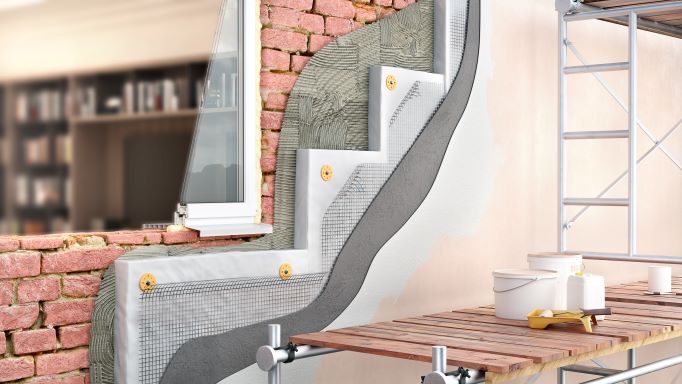Insulation is essential if you want to reduce your energy bill. When your house is well insulated, it retains the temperature, helping you save on you
Insulation is essential if you want to reduce your energy bill. When your house is well insulated, it retains the temperature, helping you save on your energy bill. There are different types of insulation you can consider. This guide explains the insulation types and tells you how to decide which to choose.
Why do you need insulation?
When you insulate your house, it reduces heat entering your house from outside when it is cold. This ensures the house remains cool during the hot months. During the cold month, insulation helps to trap heat inside the house. Doing so is helpful because it can help you reduce the use of artificial heating/cooling which can be very expensive. Studies show that 90% of single-family homes do not have adequate insulation. You must consider insulating your home for better comfort and saving money.
Types of insulation
You have various options available for insulation. The information below will help you decide which of these is best suited for your house.
- Blanket: Batts and Rolls
The most common type of insulation is available in the form of rolls or batts. Made of fibers (fiberglass or mineral wool) it can be used for unfinished walls including foundation walls. It is also used on floors and ceilings. It is a DIY insulation, and you can fit it yourself between beams, joists, and studs. Its key benefit is its low cost.
- Foam Board
These insulation boards are made from polyurethane, polystyrene, or polyiso. They can be used to insulate any part of your house. They are best suited for wall sheathing (interior and exterior) and for attic hatches. Their thermal resistance is twice that of other materials making them a great choice to use.
- Concrete block
These blocks are used in the foundation and walls. When made from steel and concrete, they offer insulation by default. Else, they can be filled with insulating material. They are mostly used while constructing a new house or carrying out renovation work. It is specialized work and requires care while installing.
- Insulating Concrete Forms
These are forms for poured concrete walls and help in ensuring high thermal resistance. They are made of insulation boards or blocks. It would be required to treat the foam blocks with insecticide to prevent insects from entering later. This kind of installation calls for an experienced contractor’s intervention.
- Blown-in and Loose fill
Here small particles of foam, fiber, or other materials are used to form the insulation material. It is ideally suited for retrofills or where other insulation types cannot be used. Mostly recycled materials are used for this insulation. The material is blown into place using specialized equipment.
- Reflective systems
These are radiant barriers that resist convective heat flow and conduction. They are mostly installed in the attics to reduce summer heat. Reflective surfaces like aluminum foils are used with backings like plastic film or craft paper. It is cost-effective and is a DIY solution. It can help reduce cooling costs by 10%.




COMMENTS